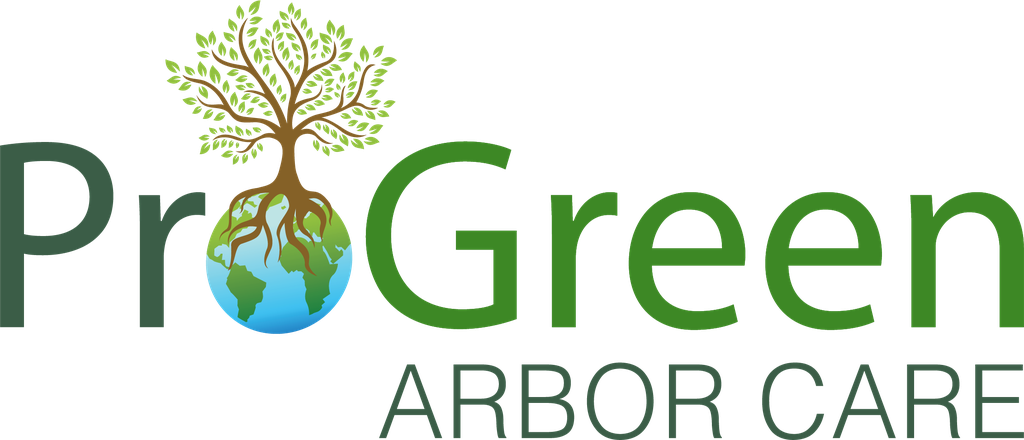Your Dedicated Tree Care Partner
Your trees are valuable assets that enhance your property's beauty, provide shade, and contribute to our local ecosystem. However, maintaining their health, safety, and appearance requires skilled pruning by experienced professionals who understand proper pruning techniques and timing.
At ProGreen, our tree care professional and skilled crew members provide expert tree pruning services throughout San Antonio. We follow industry best practices and ANSI A300 standards to ensure your trees receive the precise care they need to thrive.
Working with trees requires specialized knowledge, equipment, and safety protocols. While minor pruning of small branches may be manageable for homeowners, most tree pruning—especially of larger trees—should be handled by qualified professionals. Our team has the expertise, equipment, and insurance coverage to safely complete any pruning project, from routine maintenance to complex technical pruning.
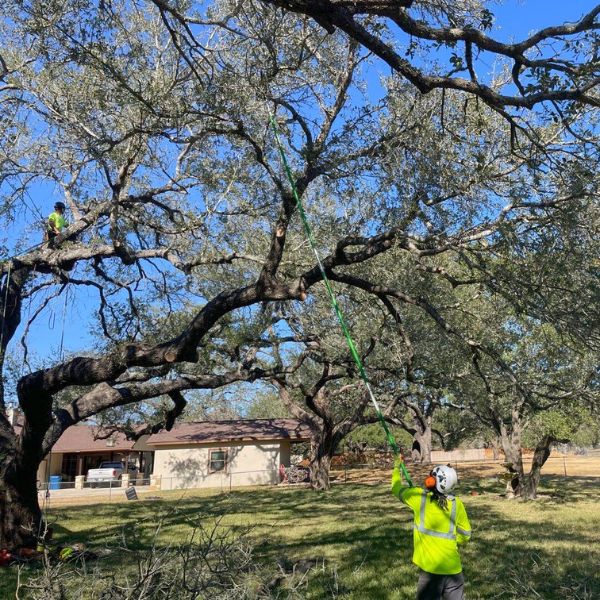
Ready to schedule a tree pruning consultation?
Call us at 210-972-7904 or click below to request a proposal online.
Types of Tree Pruning Services
Different trees and situations require different pruning approaches. Our tree care professional will assess your trees and recommend the most appropriate type of pruning to achieve your goals while maintaining tree health and structural integrity.
Crown Cleaning
Selective removal of dead, dying, diseased, and broken branches to improve tree health and reduce risk. This basic level of pruning is beneficial for all trees and helps prevent branch failure.
Crown Thinning
Strategic removal of live branches to reduce crown density. This allows better light penetration and air movement through the canopy while maintaining the tree's natural shape.
Crown Raising
Removal of lower branches to provide clearance for buildings, vehicles, pedestrians, and sightlines. This common type of pruning must be done carefully to maintain proper trunk taper and tree stability.
Crown Reduction
Decreasing the height or spread of a tree's crown when necessary for utility line clearance, view preservation, or risk management. Unlike harmful topping practices, proper crown reduction maintains the tree's natural form and health.
Structural Pruning
Proactive pruning of young and middle-aged trees to develop proper branch structure and form. This helps prevent future problems and reduces maintenance needs as trees mature.
Vista/View Pruning
Selective pruning to enhance views while preserving tree health and appearance. Our arborists use advanced techniques to create and maintain view corridors through careful reduction and thinning.
Fruit Tree Pruning
Specialized pruning to enhance fruit production, maintain tree size, and facilitate harvesting. Proper timing and techniques are crucial for optimal results.
Pruning Near Powerlines
Professional pruning to maintain safe distances between trees and power lines. This work requires specialized training and should only be performed by qualified professionals.
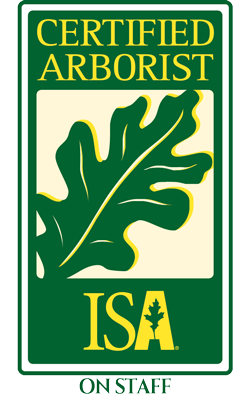


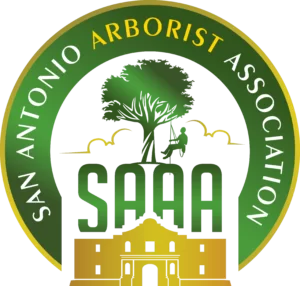
Our Professional Tree Pruning Process
At ProGreen, we follow a systematic approach to ensure high-quality results and customer satisfaction. Our process starts with understanding your needs and ends with a thorough clean-up of your property.
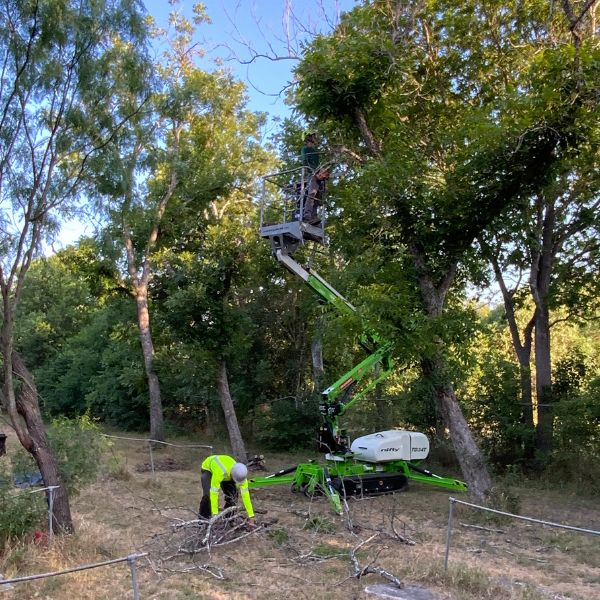
Protect Your Investment
Overgrown or unstable trees can seriously impact your property value. Let our team help preserve and enhance your landscape's worth.

Never attempt to prune trees near power lines. Only qualified line clearance workers should work within 10 feet of electrical lines. If you notice branches growing into power lines, contact ProGreen for professional assistance.
Safety First: What to Know About Our Tree Pruning Work
Your safety and property protection are our top priorities. Our comprehensive safety protocols ensure that every pruning job is completed without incident, protecting you, your property, and our crew members.
Industry-Leading Safety Equipment and Protocols
Before any work begins, our crew establishes clear safety zones and positions equipment for optimal access and protection. Every crew member is equipped with complete safety gear, including helmets with face protection, cut-resistant clothing, professional climbing gear, and high-visibility garments that exceed industry standards.
Safety Guidelines During Tree Work
While our crew is working, we ask that household members remain inside during overhead work for maximum safety. Please keep pets secured indoors or in an area away from the work zone. Our crew members may direct traffic when working near streets, and we maintain clearly marked work zones throughout the project.
Advanced Property Protection Methods
Our experienced crew uses professional rigging techniques to control branch removal with precision. When needed, we place protective materials like plywood over delicate landscaping. For your peace of mind, ProGreen maintains comprehensive insurance coverage for all pruning work.
Preparing for Your Tree Pruning Service
A few simple preparation steps help us provide efficient, high-quality service. Here's how you can help us make your pruning project successful:
Ensuring Safe and Easy Site Access
Ensure our crew can easily access the work area by unlocking gates and clearing vehicles from driveways and nearby parking areas. If you have an automatic sprinkler system, please turn it off during service. Let us know about any invisible fencing or underground features we should avoid.
Protecting Your Outdoor Belongings
The day before service, remove portable outdoor items like furniture, grills, and potted plants from the work zone. Point out any sensitive plants or garden features to the crew leader. A clear workspace allows us to complete your pruning project efficiently while protecting your outdoor belongings.
Preparing Your Home and Family
Our work may create noise during regular business hours, so you might want to plan quieter activities away from the work area. We recommend closing windows near the work zone and keeping pets in a comfortable indoor space where they won't be disturbed by the equipment sounds.
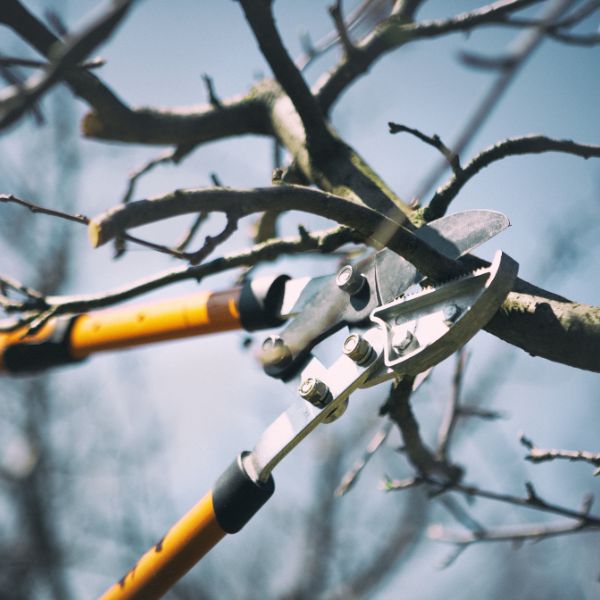
Best Times for Tree Pruning: General Guidelines
Understanding when to prune your trees can significantly impact their health and growth. While emergency pruning and deadwood removal can be done any time, planning routine pruning during optimal times maximizes benefits and minimizes stress on your trees.
Not sure when to prune your trees?
Schedule a free consultation with our pruning professionals to create a customized pruning plan.
San Antonio Area Pruning Calendar: Working with Hot, Dry Summers
San Antonio's climate presents specific challenges for tree pruning, particularly with oak wilt prevention and drought stress management. Our pruning schedule focuses on protecting trees while maintaining their health in extreme temperatures.
Tree Pruning Permits & Local Regulations
Are Pruning Permits Required in San Antonio?
In 2023, San Antonio became the first city in Texas to be recognized as a "Tree City of the World," highlighting its strong commitment to protecting its urban forest. While routine pruning on private property usually doesn’t require a permit, there are certain instances where a permit is needed to ensure the city’s trees remain healthy and thriving, including:
- Pruning protected or heritage tree species
- Working on street trees or in public right-of-ways
- Removing more than 25% of a tree's live crown
- Pruning in environmentally sensitive areas
We’re experts in San Antonio’s tree regulations and take care of the permit process for you, making it easy to keep your trees healthy and your property in compliance.
Managing Your Pruning Debris
Wood Chip and Debris Removal Options
After pruning, we offer several options for handling the resulting debris:
Professional Off-site Disposal
Our standard service includes complete removal of all branches, leaves, and debris. We chip appropriate materials and haul everything away, leaving your property clean and tidy.
Complimentary Wood Chips
If you'd like wood chips for landscaping, we can dump the chips from pruned branches in a pile. Usually, this will be in your driveway or another spot that’s easily accessible for our chip truck.
Ready to learn more about pruning costs for your trees?
Schedule a free evaluation for detailed pricing.
Why Choose ProGreen for Your Tree Pruning Needs
Frequently Asked Questions About Tree Pruning in San Antonio
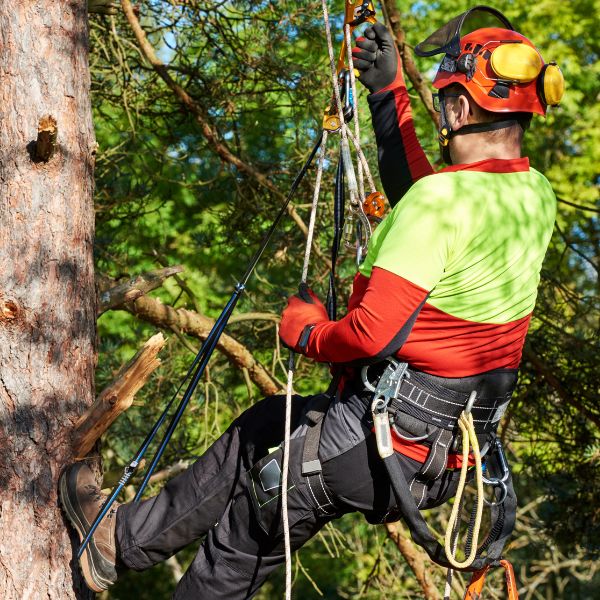
Trees Too Large? Reduce Their Size the Right Way!
Why We Rarely Top Trees
The Hidden Dangers of Tree Topping
Tree topping - cutting off the upper portion of a tree or making large heading cuts - causes serious harm to trees. This outdated practice creates hazardous conditions by:
- Starving the tree by removing too many leaves
- Creating weak, unstable new growth
- Opening large wounds that invite decay
- Destroying the tree's natural form
- Shortening the tree's lifespan
Professional Solutions for Safer Size Management
Instead of topping, our tree care professionals use proper crown reduction techniques that maintain your tree's natural form while achieving height control goals. These methods:
- Preserve the tree's structure and health
- Create smaller wounds that heal properly
- Maintain stable branch attachments
- Provide longer-lasting results
- Keep your property safe
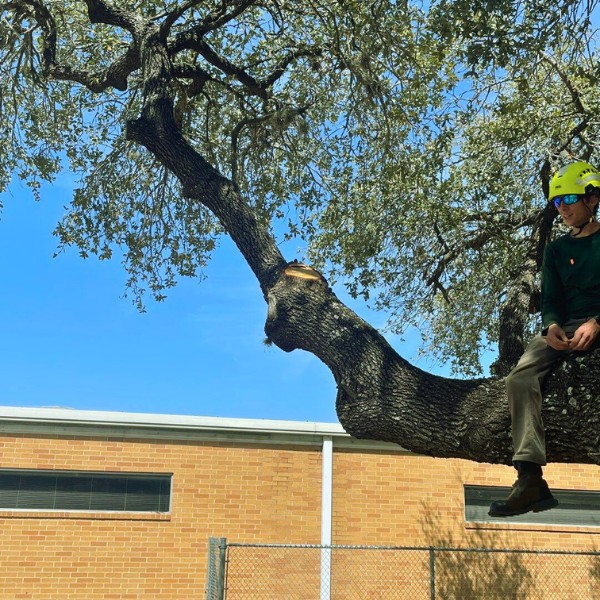
Considering topping your trees? Contact our tree care professionals first to learn about safer alternatives that will achieve your goals while preserving your trees' health and value.
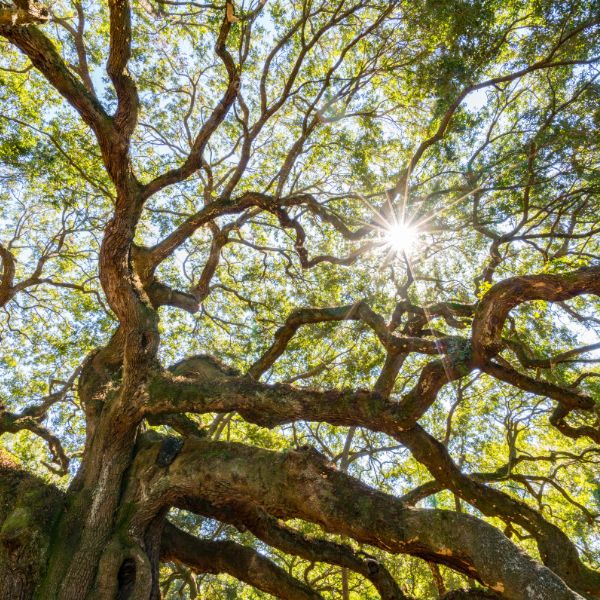
Common San Antonio Tree Species & Their Pruning Needs
Different tree species require specialized pruning approaches based on their growth patterns, seasonal changes, and common challenges. Here's what you need to know about properly pruning the most common trees in your area:
Live Oak Pruning Requirements
These large evergreen trees need careful pruning to stay structurally sound while preventing the spread of deadly oak wilt disease. Pruning is done in winter only.
Cedar Management Techniques
Strategic thinning helps reduce cedar's dense growth while maintaining privacy screening. Focus on removing dead interior branches and maintaining good air circulation.
Maintenance Needs for Texas Mountain Laurel
These slow-growing ornamental trees need minimal pruning. Focus on maintaining their natural form and removing any crossing or damaged branches after spring flowering.
Want to protect all your trees?
Ask about our comprehensive tree care assessment during your pruning consultation.
